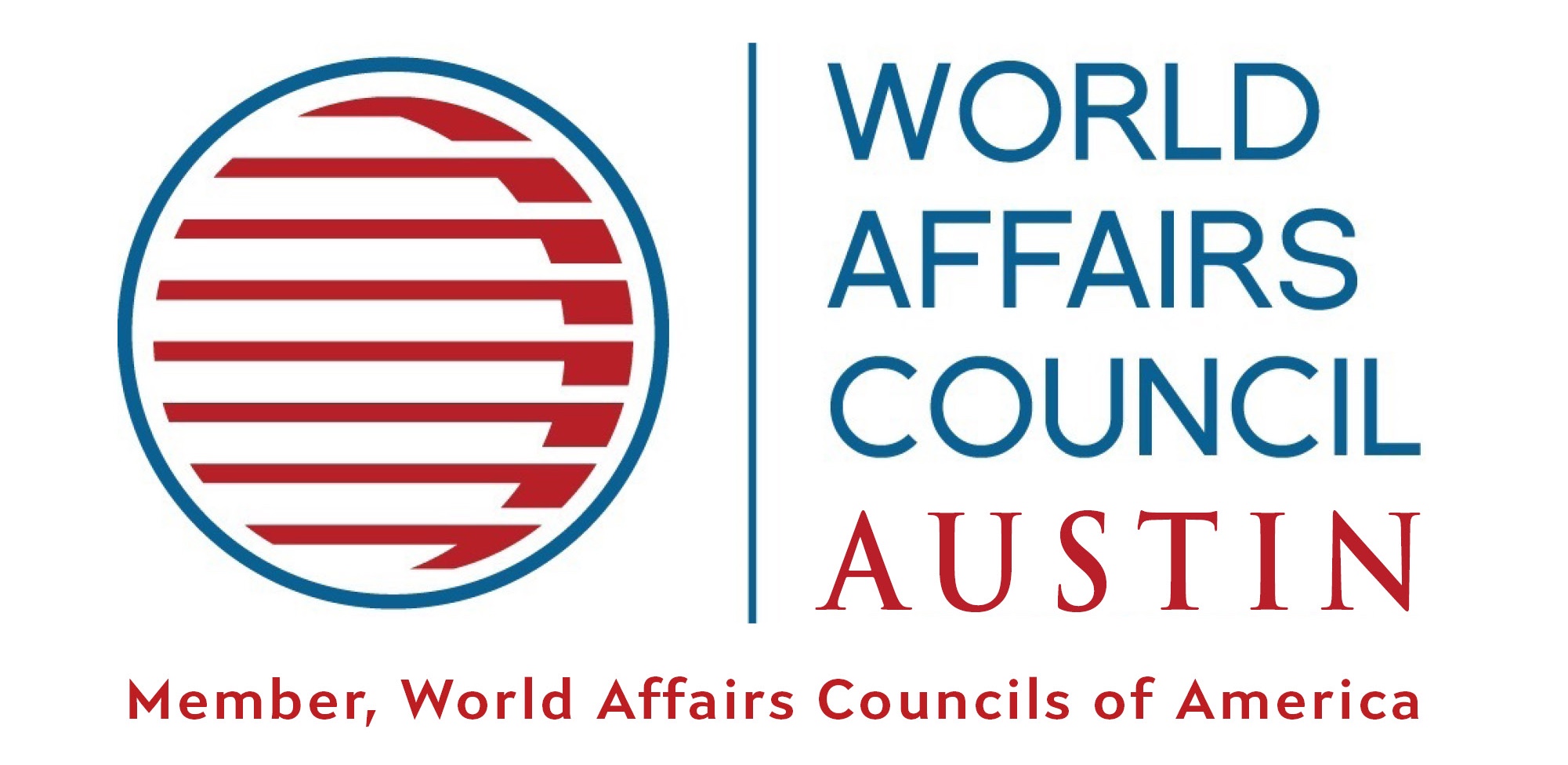Building the 5G Wall: What Do We Want to Become?
by Raye Elizabeth Ward
A super-fast national Internet exclusively for urban America? That’s the scenario that comes to mind in reading the Defense Innovation Board‘s report on 5G, the next generation of super-fast wireless communication. Written by technology’s A-List, it outlines a trajectory that separates cities from rural areas, the have’s from the have-not’s and the United States from the rest of the world in a “post-Western wireless ecosystem.”
“The leader in 5G stands to gain hundreds of billions of dollars in revenue over the next decade, with widespread job creation across the wireless technology sector. 5G has the potential to revolutionize other industries as well … The country that owns 5G will own many of these innovations and set standards for the rest of the world…
That country is currently not likely to be the United States.”
“The 5G Ecosystem: Risks & Opportunities for DoD,” Defense Innovation Board

Chaired by former Alphabet Chairman Eric Schmidt, the Board was commissioned by former Secretary of Defense Ash Carter to make recommendations to the Dept. of Defense on the next wave of innovation.
I recommend the 30-page document itself, but if you’re pressed for time, try Dr. Lee, Physic Genius’ more entertaining version though, disclosure, despite some inquiries, I have no idea who Dr. Lee is.
A technical approach that deepens divisions
In the United States, the Federal Communications Commission allocates the electromagnetic spectrum. Most current 5G development is in the “sub-6” range. But in the United States, the military owns that portion of the spectrum. So the FCC made a higher-band width known as “mmWave” available for commercial development, which is where Verizon and AT&T are developing their 5G offerings.

Only two other countries currently support mmWave for 5G. Both of these countries are now U.S. allies — Japan and South Korea — and both are using a dual strategy, developing both the sub-6 and mmWave ranges.
U.S. policy makers and suppliers hope mmWave will eventually become the global standard, but as the Defense Innovation Board report makes clear, it’s not a strategy to hang your hat on. MmWave transmissions are more powerful but shorter and blocked by solid barriers — walls, trees, even people. Providing comprehensive service will require what the report labels a “massive infrastructure build-out” ($$$). If and when that is successful, mmWave service may not be viable for rural areas, where reliable connectivity is a literally a lifeline.
Consider that despite diplomatic tensions with China, Canada recently signed a contract with Huawei to deliver 4G LTE to rural communities in the Arctic, remote areas of north-eastern Quebec and Newfoundland and Labrador and according to Huawei, some 25 communities in the largely Inuit areas of the Nunavut territory.
Own the IP; own the industry
No American company makes the base station equipment to transmit 5G signals. The United States owned the majority of 4G-related standards-essential patents. But today over one-third, (34%) of worldwide standards-essential patents for 5G technology are owned by Chinese companies, 15% by Huawei alone, according to Asia Nikkei News. South Korea is second, with over 25% of standard-essential patents.
That will make building the network infrastructure for autonomous cars or next generation factories more expensive for U.S. companies. But owning the intellectual property will reduce costs and accelerate China’s building the infrastructure of the future.

Huawei has signed 50 contracts to provide next-generation 5G networks to 30 countries including Italy and the United Kingdom.

We damn the consequences at our peril
Were the United States to decide to compete with the rest of the world, the Board’s report provides a timeline. Sharing the sub-6 spectrum will take five years, and the Board considers a sharing spectrum a viable alternative. Clearing the spectrum would take 10 years. This would get us to the starting gate — if the federal government were to open up the sub-6 range. And that’s a big “if” in this political environment.
“Damn the consequences!”
General George Patton
The consequences of isolation are immeasurable. Beyond the obvious — American competitiveness, jobs, standard of life, education, opportunity — connectivity is the root capability for solving every over-arching problem we face — climate change, income inequality, immigration, human rights.
I just finished reading Hyeonseo Lee‘s remarkable story of escaping from North Korea with her family. She’s paid a broker to get her mother and brother to South Korea when they are imprisoned in Laos. Here, she’s waiting to enter Laos to rescue them:
“About 20 people were waiting in line to have their passwords stamped. A few were backpacking white Westerners in high spirits. I looked at them with envy. They were inhabitants of that other universe, governed by laws, human rights and welcoming tourist boards. It was oblivious to the one I inhabited, of secret police, assumed IDs and low-life brokers.”
Hyeonseo Lee, The Girl with Seven Names
Laws, human rights and a high standard of living are part of a vulnerable legal and moral infrastructure. Protecting its integrity and viability requires an actionable connectivity policy and a cogent strategy. The Defense Innovation Board report is a warning salvo. We must make sure that it is heard.
